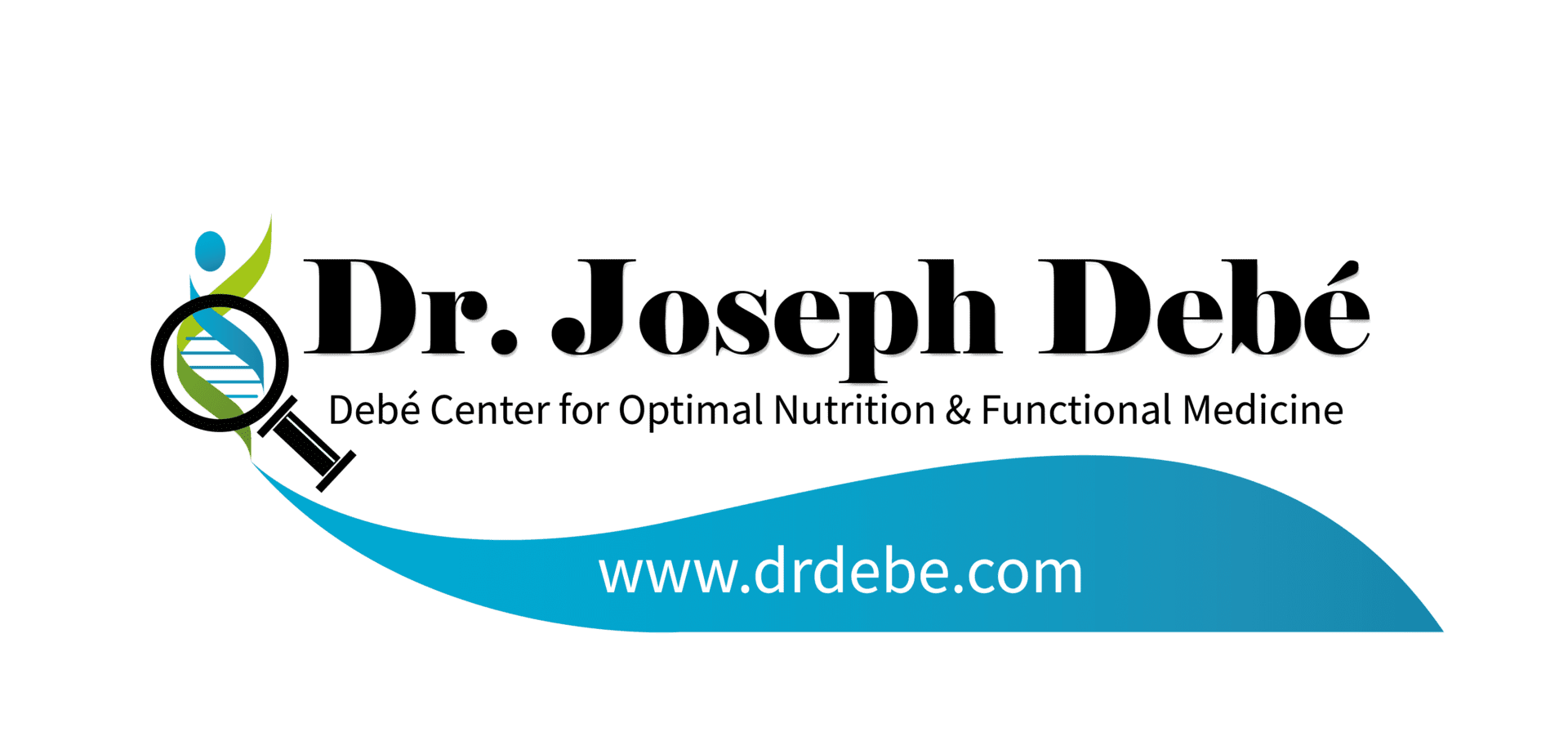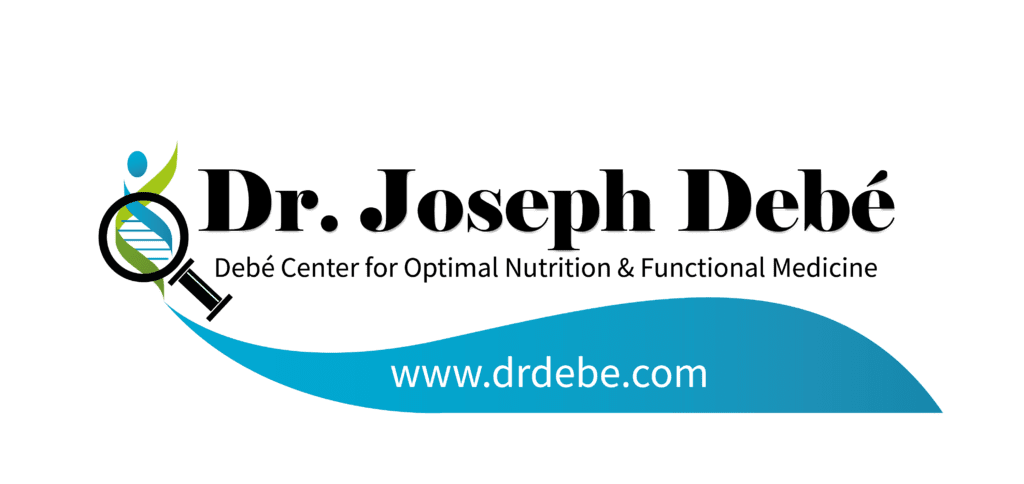by Dr. Joseph Debé
If you are presently taking or considering taking DHEA, please read this article. Many important facts about DHEA are not widely known or presented in the media. Like most compounds that have the potential for doing good, DHEA also has the potential to do harm.
First, let’s look at what DHEA is, what effects it has in the body, and how it becomes depleted. DHEA is an abbreviation for dehydroepiandrosterone. It is a hormone made primarily by the adrenal or stress glands. Hormones are messenger molecules that influence the function of cells and tissues all over the body. DHEA and cortisol are the body’s long-acting stress hormones and are antagonistic to each other to some degree. Whereas DHEA has an anabolic or building influence, cortisol has a catabolic or tearing down effect on the body. Both of these effects are essential and these two hormones must be in proper balance for optimal health. How do these hormones become imbalanced? By stress maladaptation.
Stress maladaptation is the body’s inappropriate response to prolonged stress. The normal reaction of the body to stress is to produce greater quantities of both cortisol and DHEA. When the stress is gone, the body reduces its output of cortisol and DHEA to resting levels and everything is fine. This is what happens with short episodes of stress. However, when the stress is prolonged, the body prefers to make increasingly greater amounts of cortisol and less DHEA. How long does it take for this to occur? One study showed that after just 28 days of continuous stress, cortisol levels had climbed to 240 percent of starting values and DHEA had dropped to 15 percent of initial levels! What’s even worse is that even after the stress is removed, the body sometimes does not recover and bring these hormones back to normal levels, but instead, remains in the stress response mode with high cortisol and low DHEA output.
The consequences of elevated cortisol and reduced DHEA levels are devastating: The immune system is compromised with increased risk to infections, certain cancers, allergies and autoimmune diseases. Glucose utilization and insulin function are altered with resultant higher blood sugar levels. Salt and water are retained, producing tendency toward high blood pressure. Blood cholesterol and triglycerides increase and predispose to heart disease. Thyroid function becomes impaired, resulting in decreased metabolism, lowered body temperature, and reduced vitality. The body stores fat, especially around the midsection. Depression, insomnia, hunger, and PMS result. Reproductive function falters with resultant infertility and cessation of the menstrual cycle. The body becomes more susceptible to toxins and heavy metals. Stomach ulcers form. Memory and learning become impaired. The combination of reduced R.E.M. (rapid eye movement) sleep and lowered growth hormone release at night diminish mental and physical regeneration, which results in acceleration of the aging process. Protein synthesis is reduced and protein breakdown is increased, leading to bone loss, skin wrinkles, arthritis, muscle loss and weakness, and all the protein supplements in the world won’t make a difference. However, resistive exercise (like bodybuilding) can maintain muscle mass under these conditions by “stealing” protein from the internal organs. Obviously, this is not healthy. An additional strike against endurance athletes is the fact that insulin-sensitive, slow oxidative type 1 muscle fibers become replaced by fast glycolytic type II-B muscle fibers, resulting in poor performance. Not all of these effects of high cortisol and low DHEA occur in everyone. What does happen in each individual is dependent upon genetic predisposition and lifestyle/environmental factors.
The bad news is that maladaptation to stress with elevated cortisol and diminished DHEA is extremely common, epidemic actually. And until the body undergoes a certain degree of breakdown, there are no symptoms. The good news is that the altered cortisol and DHEA levels, and the conditions that result, can be normalized with the appropriate intervention. DHEA supplementation is only part of the solution. To fully reverse this condition, the stress that produced it must be removed – but first it must be identified.
Most people equate the word “stress” with mental/emotional strain. This is only one type of stress. The other major types of stress are body tissue inflammation and injury, and fluctuation in blood sugar levels. No matter which of these types of stress are present, the body’s response is always the same: initially both cortisol and DHEA increase, and with prolonged stress, the DHEA plummets.
To truly correct the underlying cause, we need to reduce the precipitating stress. Meditation, tai chi, and aerobic exercise can minimize mental/emotional stress. All of these methods have been proven to reduce cortisol levels. When cortisol levels are lowered, DHEA levels begin to increase toward normal. Inflammation in the body may be obvious, as in arthritis, or it may be hidden. There are many potential sources of inflammation. These must be identified and dealt with appropriately, which usually includes specific diet and nutritional supplement strategies. The most common cause of hidden inflammation may be dysbiosis – imbalance in the intestinal flora. Natural therapies can create healthier balance among the hundreds of species of intestinal microorganisms, thus reducing inflammation and allowing cortisol and DHEA to naturally improve to some degree. The second most common cause of hidden inflammation is an inherited intestinal toxicity to gluten, a protein found in certain grains, such as wheat, rye, barley, spelt, kamut, and triticale. To reduce this source of stress to the body, these foods must be avoided. When blood sugar fluctuations are stressing the body, 5 or 6 meals should be eaten daily and they should have a carbohydrate to protein ratio of roughly 2 to 1 with a moderate glycemic index. All of these strategies help to correct the underlying cause of low DHEA and high cortisol.
The popular notion that DHEA levels decline primarily because of age is false. As described above, DHEA levels diminish because of prolonged stress. Many people in their twenties have low DHEA levels and some people in their eighties have been shown to have normal DHEA production.
When the body has become maladapted to stress, with reduced DHEA and elevated cortisol, in addition to dealing with the precipitating stress, it is a good idea to take DHEA supplements. It should be noted that this use of DHEA supplementation is short term (usually less than a year) and its purpose is to allow the adrenal glands to rest so they can regenerate and begin producing normal DHEA levels again on their own. In my opinion, this is the only physiologic, safe and logical use of DHEA supplements. It just so happens that a huge number of people fall into this category. However, don’t assume you are one of these people. When the maladapted stress response proceeds long enough, eventually the adrenal glands become exhausted and we get a reduction of cortisol below normal levels with DHEA rising into the normal range. To take DHEA in this state does more harm than good by further suppressing cortisol levels! To determine your body’s levels of DHEA and cortisol with greatest accuracy, you need to have them measured from saliva samples.
When DHEA levels are low, supplements should be taken for several months. When another saliva test has shown that DHEA is back in normal range, the supplements are gradually tapered off and followed by another test about a week after stopping supplementation. This is done to assure that the body has recovered and is again making DHEA on its own.
For those who are not concerned with health but take DHEA for reasons other than restoring levels to normal, beware of excessive and/or prolonged use causing or contributing to a variety of conditions (most of which are reversible). Symptoms to watch for include: abdominal pain, fatigue, hair loss, hypertension, low or high blood sugar, mania or hypomania, insomnia, irritability, headaches, acne, male pattern hair growth in women, liver dysfunction, menstrual irregularities, nasal congestion, psychosis, sexual inappropriateness, reduction in HDL (good) cholesterol, and voice deepening. Because DHEA converts to estrogen and testosterone, there is rationale to be concerned over very high doses contributing to or worsening hormone-related conditions such as prostate cancer in men and, in women: endometriosis, uterine fibroids, and cancers of the breast, ovaries, and uterus. Additionally, some animal studies found administration of DHEA induced liver tumors.
Again, I do not advocate reckless use of DHEA. I supply the following information on types of DHEA supplements to educate only.
Despite popular propaganda, wild yam is not a source of “natural” DHEA. Proponents of wild yam claim that the body makes DHEA from it as needed. Diosgenin is the compound in wild yam that the body supposedly converts to DHEA. Diosgenin can be converted to DHEA, but only in a laboratory! It does not get converted to DHEA in the human body. In addition, some wild yam products are laced with DHEA or other hormones in unknown quantities. Taking wild yam supplements is dangerous business – you don’t know what you are getting.
Some real DHEA supplements are available in a liquid form to be taken under the tongue. The peak dose used to restore normal levels is 5 to 7 milligrams twice per day. The drops (or lozenge) are held under the tongue before swallowing. Eating, drinking, brushing teeth, and smoking should be avoided for 30-45 minutes afterward. DHEA administered sublingually is usually the preferred method in cases of autoimmune disease, although studies also support use of oral capsule administration.
In order to get greater conversion of DHEA to testosterone and estrogen, it should be taken in capsule form. It should be taken in two daily doses at the beginning of meals. The meal must contain some fat for the DHEA to be properly absorbed. The peak dose of DHEA to restore normal levels is 25 milligrams twice daily. Micronized DHEA is 3 to 4 times better absorbed than non-micronized. Micronization means that the individual particles of DHEA have been reduced to very small size.
To conclude, DHEA is a powerful hormone and supplement with potential to do a lot of good. Like everything else in the body, balance is the key. If you are considering DHEA supplementation, I recommend performing a salivary DHEA-cortisol test to see if you need it.

